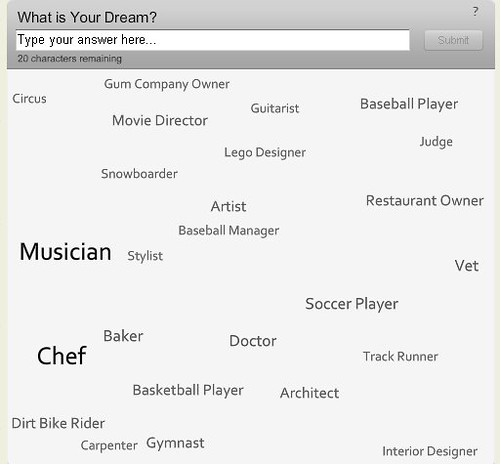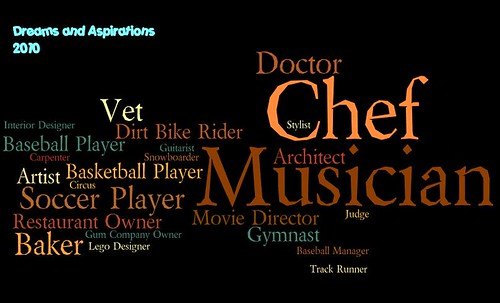

My principal, Bill Collins, delivered this address to the entire faculty of our school district at our Convocation just a few weeks ago, and then it was printed in the newspaper yesterday. I asked his permission to reprint it at my blog because I think the message of the value of public education is worth sharing. Bill points out that we take on a wide range of students, and educate and nurture them. He notes that a colleague in a class he is taking is at a private school, and often scoffs at his public school colleagues. But Bill will have none of that. He stresses the role of a leader as a “mirror” to the “candles” around him, and that our task and passion is for keeping all students, whatever their background and ability, in the forefront of our teaching and caring.
He gave me permission to share this with you. Thanks, Bill.
What motivates, rewards, and challenges me to work in public education? The easy answer is that I want to make a difference.The deeper answer is I am an idealist. I deeply believe in the art of possibility. I believe that any child can grow up to be president. I believe that our nation’s founding fathers were on to something. I believe in being a part of something larger than the sum of its parts. I believe that the seeds we sow today will be reaped some day, even if we are not around at harvest time.
Back when I was first a middle school guidance counselor, a troubled boy was assigned to me. I struggled to help this student get back on track. I failed miserably and so did he. The principal gave him a social promotion to high school. Late December of the following year I was working after school finishing up at the end of the term before the holiday break, when who should appear in my office doorway but this boy. He had come to show me his report card, for he was passing his high school courses. I told him I was proud of him and do you know what he said? You were the only one who never gave up on me. So yes, I am an idealist.
I became a principal with the hope of having an even greater influence; I wanted to make a bigger difference. I came to the Norris School with the notion of influencing the culture and upon reflection I am amazed at how much the Norris culture has influenced me.
I believe in the art of possibility because I have repeatedly witnessed it at Norris. I have seen the seemingly impossible become possible. I have met some of the most generous and selfless people that I have ever encountered.
Recently, a Southampton student with special needs didn’t qualify for summer camp and his parents couldn’t afford to send him. Do you know how he attended? Two Norris staff members personally financed it.
Edith Wharton once said, “There are two ways of spreading light: to be the candle or the mirror that reflects it.” I see myself as a mirror who is surrounded by candles.
I have returned to school myself in the hopes of expanding my influence. I have the ambition to one day become a superintendent of schools. I am about half way through a doctorate program. In my group there is an administrator from a very exclusive private school. This classmate is always saying, “Come over to the light – where there are no special education issues, few behavioral or disciplinary problems and almost no fiscal constraints.”
I have given his repeated invitation much reflection because it irks the heck out of me.
I have concluded that public education is a noble profession and Massachusetts is its birthplace. It pleased me to see that Superintendent Craig Jurgensen’s back-to-school letter referenced our state constitution. It may surprise you that in Massachusetts there is not a right to education but rather a “duty to cherish.” Interesting phraseology.
There exists a bit of a debate about whether public education exists to level the playing field and provide every individual with the opportunity to succeed or if public education exists for the common good to have an educated citizenry to preserve the democracy, not leaving decisions in the hands of a privileged few.
I think it was the latter but has evolved to include the former. Whether it is one or the other, or both, it still makes those in our profession the great equalizers who do not limit access by wealth or religion or race.
Even as an idealist, I recognize that there are other countries that do a better job of educating some of their students. The operative word being “some.” No nation does a better job of educating all of its students. We recognize that parents are sending us their best students (they are not hoarding the good ones in the cellar). We educate them, all of them, no matter their economic status, whether they don’t speak a word of English, the color of their skin, their religious convictions, their level of disability.
No matter if the private schools have invited the students to unenroll, we at the Norris School say “bring ’em on!”
— Bill Collins, principal of Norris Elementary School, Southampton, Massachusetts
Peace (in the sharing),
Kevin


